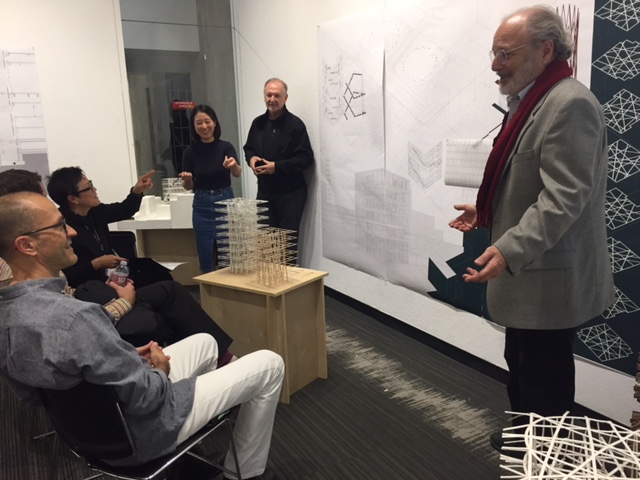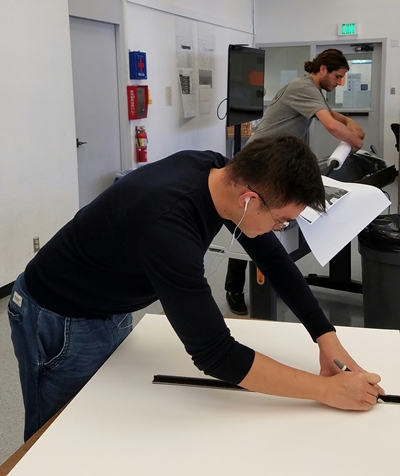Integrated Path to Architectural Licensure (IPAL) at the University of Southern California
This article is the second in a series of three for the California IPAL initiative schools. The next IPAL program to be featured in the California Architects newsletter is the School of Architecture at Woodbury University.
By Michael Hricak, FAIA, BS Arch., M.Arch., Lecturer, University of Southern California (USC) School of Architecture and Charles Lagreco, AIA, BA Arch., MFA Arch., Dipl. Arch., Associate Professor, USC School of Architecture with highlights of the USC School of Architecture’s IPAL Initiative Program
In the fall of 2016, an experimental program initiated by the National Council of Architectural Registration Boards (NCARB) with the support of the California Architects Board (CAB) was introduced to the USC School of Architecture community with an entry in the USC catalog.
Integrated Path to Architectural Licensure (IPAL) Initiative Program
The USC School of Architecture was selected as one of the initial 14 accredited architectural schools in the United States to participate in the NCARB IPAL initiative. The IPAL program is designed to monitor and provide support for obtaining architectural licensure within designated professionally accredited programs that combine an integrated approach to the Architectural Experience Program (formerly IDP, now AXP) and the taking of the Architect Registration Examination (ARE) both of which are required for licensure.
USC is one of three schools in California that has been accepted into IPAL and supported by the California Architects Board to allow students to take the ARE while enrolled in school rather than having to wait until after graduation, as is currently the case in California.

USC provides both support for the AXP requirements through the Architectural Guild network of firms and the NotLy ARE support program to help students prepare and successfully address the examination requirements for licensure.
USC’s selection and participation in the IPAL program does not change any of the requirements to our existing architectural degree programs. However, it will provide guidance and additional assistance to all our architecture students in becoming eligible for licensure by encouraging them to take advantage of our increased access to the state and national licensure examinations concurrent with enrollment in our accredited professional degree programs. It will also provide support and encourage architectural experience in the professional community and provide the opportunity to significantly reduce the amount of time necessary to become a licensed architect while increasing the awareness and interaction between professional and academic experience.

The advantages of this initiative are much more than positioning students for licensure at graduation. What is being launched is a fully integrated experience providing both perspective and relevance to the training requirement, thus enriching the academic experience. By exposing the students/candidates to the usefulness of applying practical skills to guide design decisions, these educational and professional experiences bridge the hypothetical and the practical.
Finally, the effectiveness of the program will be determined by: the success rates of student/candidates completing the ARE divisions and the projected increase in pass rates of enrolled students due to the proximity in time of the exams to the academic study of the subjects. A key factor and advantage of IPAL programs will be the ability for students to prepare for the exams with their peers in a collaborative environment rather than having to study for exams independently while working full time after graduation.
The USC School of Architecture is committed to the IPAL initiative and considers it to be an enrichment of our current efforts in making licensure available earlier and more efficiently, while strengthening the quality of the workforce and providing increased access to the profession. The USC School of Architecture is very pleased to be involved in the testing of this initiative and will be monitoring the impact on our programs over the next few years as increasing numbers of students participate.
For more information, visit the IPAL page on the NCARB website.
